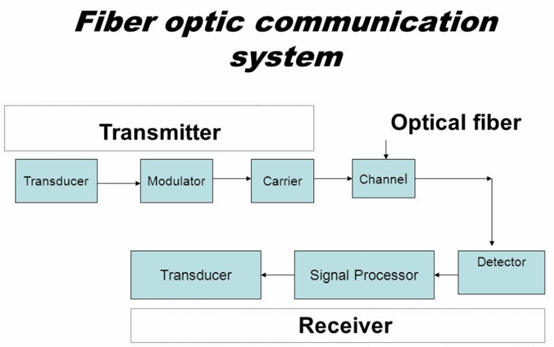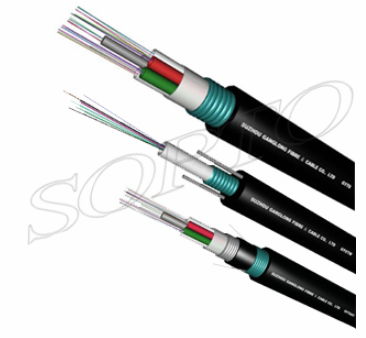- Fiber Optic Transceiver Module
- High Speed Cable
- Fiber Optical Cable
- Fiber Optical Patch Cords
- Splitter CWDM DWDM
- PON Solution
- FTTH Box ODF Closure
- PCI-E Network Card
- Network Cables
- Fiber Optical Adapter
- Fiber Optical Attenuator
- Fiber Media Converter
- PDH Multiplexers
- Protocol Converter
- Digital Video Multiplexer
- Fiber Optical Tools
- Compatible
- Can SFP+120KM be available? ...
- Why the price has so huge di...
- Can XFP transceiver modules ...
- Must optical fiber jumper be...
- Is there a module which can ...
- Can different brands SFP tra...
- How long will you change you...
- The difference between DDM S...
- Comparison of EPON and GPON
- Should we use 3rd party’s ...
- How to make differences betw...
- What is Drop Cable?
- Comparison of CWDM and DWDM ...
- GEPON Technology
- Differences of OM1, OM2, OM3...
- What is the armored fiber op...
- What is DAC cable?
- How to Choose A Right Fusion...
- Why Using a Compatible SFP O...
- Optical fiber transmission l...

The advantages and disadvantages of fiber optic communication systems
A fiber optic communication system consists of three components: an optical transmitter, an optical cable, and an optical receiver. The optical transmitter converts electrical signal to optical signal; the fiber cable carries the optical signal from the transmitter to the receiver; and the optical receiver converts the optical signal to electrical signal.

The main advantages of fiber optic systems are below:
Bandwidth
fiber-optic communication systems can be used to transmit more information than copper cables and are well-suited for use with digital communications. The fiber can carry large amount of data due to larger bandwidth capacity. Data can be transmitted at very high speed usually 1.6 TB/sec in the field. Due to this fact, next generation internet will be based on light. It is known as LiFi (i.e. Light Fidelity).
Low Power Loss
Optical fibers offer low power loss. Signals can be transmitted further. Fiber incurs low loss to the signal usually 0.3 dB/Km. Hence optical repeaters are not needed for long distances.
compared to copper cables, fiber-optic cables are immune to electromagnetic interference and produce no interference when operating.
Security
fiber has high quality in secrecy performance and communication. Optical fibers are difficult to tap. As they do not radiate electromagnetic energy, emissions cannot be intercepted. As physically tapping the fiber takes great skill to do undetected, fiber is the most secure medium available for carrying sensitive data
Flexibility
because fiber-optic cables are much lighter and smaller in diameter than copper wires, they also occupy less space with cables of the same information capacity and can be more easily produced and installed.
Source material
Most optical fibers are made of silica or sand, raw material abundant compared with copper.
Cost
Fiber-optic wires are less expensive than copper cables, which can drastically reduce the cost of installing new wires or maintaining older ones.

Disadvantages
Despite the many advantages of fiber optic systems, there are some disadvantages.
Difficult to Splice
Fibers can be broken or have transmission loses when wrapped around curves of only a few centimeters radius. However by encasing fibers in a plastic sheath, it is difficult to bend the cable into a small enough radius to break the fiber.
Highly Susceptible
Optical fibers require more protection around the cable compared to copper.The fiber optic cable is a small and compact cable, and it is highly susceptible to becoming cut or damaged during installation or construction activities. The fiber optic cables can provide tremendous data transmission capabilities. So, when the fiber optic cabling is chosen as the transmission medium, it is necessary to address restoration, backup and survivability.
Expensive to install
The optical fibers are more expensive to install, and they have to be installed by the specialists. They are not as robust as the wires. Special test equipment is often required to the optical fiber.
Sopto can provide outdoor fiber optical cables, indoor fiber optical cables, FTTH cables and so on with different cores and length.
For more information, please visit sopto.com or email to sales@sopto.com.


